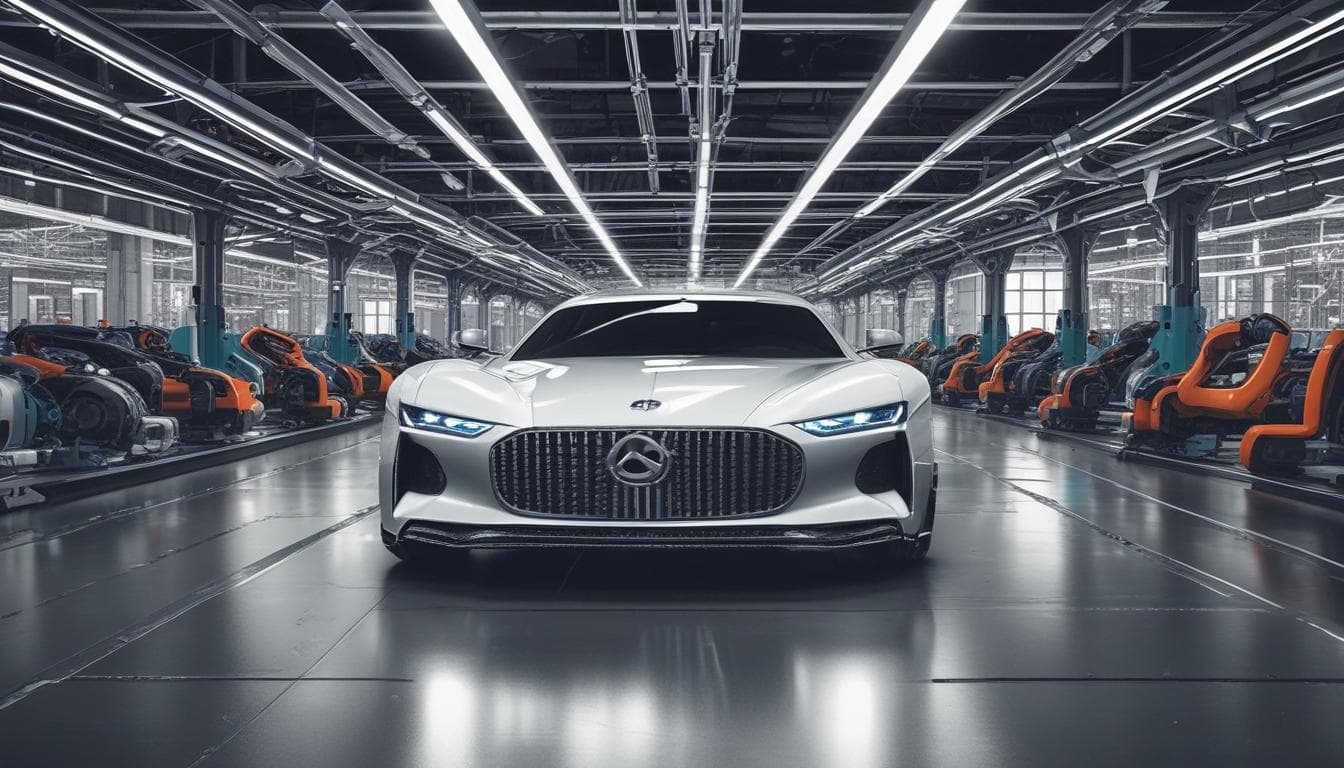The automotive landscape is evolving rapidly, moving beyond traditional ownership models. Subscription services are gaining traction, offering a new way to access and experience vehicles. This shift impacts manufacturers, consumers, and the overall automotive ecosystem.
The Rise of Automotive Subscription Services
What are Car Subscription Services?
Car subscription services provide an alternative to buying or leasing. Subscribers pay a recurring fee for access to a vehicle, often including insurance, maintenance, and roadside assistance. This model offers flexibility and convenience, appealing to a growing segment of drivers.
Evolution of the Subscription Model
Initially, car subscriptions were primarily offered by luxury brands, targeting affluent customers seeking variety and hassle-free access to high-end vehicles. However, the model has since expanded, with mainstream manufacturers and third-party platforms entering the market, broadening the range of available vehicles and price points. This evolution has democratized access to car subscriptions, making them a viable option for a wider audience. Those interested in how this compares to traditional leasing can explore the transformative impact of Mobility-as-a-Service (MaaS).

Key Players in the Market
Several key players are driving the growth of car subscriptions. Established automakers like BMW, Mercedes-Benz, and Volvo have launched their own subscription programs. Additionally, third-party platforms such as Clutch and Fair provide access to a diverse range of vehicles from different manufacturers. This competitive landscape fosters innovation and choice within the subscription market.
Impact on Manufacturers and Consumers
Benefits for Manufacturers
Subscription services offer several advantages for manufacturers. They provide a new revenue stream, potentially increasing customer lifetime value. Subscriptions also generate valuable data on customer preferences and usage patterns, informing future product development and marketing strategies. Furthermore, this model can help manage inventory and reduce reliance on traditional dealership networks.
Advantages for Consumers
Consumers also benefit from car subscriptions. They offer greater flexibility than traditional leases, with shorter commitment periods and the ability to switch between different vehicles. The all-inclusive nature of most subscriptions simplifies budgeting and eliminates the hassle of managing insurance, maintenance, and repairs. This convenience and flexibility appeal particularly to urban dwellers and those seeking access to multiple vehicle types. For a deeper dive into how customer preferences are changing, consider reading about the rise of XaaS in the automotive industry.

The Future of Car Ownership and Usership
Shifting Landscape of Mobility
Car subscriptions are part of a broader shift in the automotive landscape towards mobility as a service. This trend encompasses various alternatives to traditional ownership, including ride-sharing, car-sharing, and micro-mobility solutions. As consumer preferences evolve, these options are becoming increasingly integrated into urban transportation ecosystems.
Predictions and Challenges
The future of car subscriptions hinges on several factors. Widespread adoption will depend on affordability, accessibility, and the development of comprehensive and user-friendly platforms. Challenges remain in terms of regulatory frameworks, insurance models, and the integration of subscription services into existing transportation infrastructure. However, as technology advances and consumer demand grows, car subscriptions are poised to play a significant role in the future of mobility. To understand the broader context, read about the potential of automotive subscriptions.

Integration with Other Mobility Services
Car subscriptions are likely to become increasingly integrated with other mobility services. Imagine a seamless platform that allows users to switch between a car subscription, ride-sharing, and public transport based on their immediate needs. This integrated approach could optimize urban mobility, reducing congestion and emissions while providing greater flexibility and convenience for individuals. A related trend to consider is the rise of predictive maintenance in the automotive sector, which complements the subscription model by enhancing vehicle reliability.
Conclusion
The rise of automotive subscription services represents a significant shift in the automotive industry. This innovative model offers benefits for both manufacturers and consumers, providing new revenue streams, valuable data insights, and greater flexibility in accessing vehicles. While challenges remain, the growth potential of car subscriptions is undeniable. As the automotive landscape continues to evolve, subscription services are poised to play a crucial role in shaping the future of car ownership and usership, contributing to a more dynamic and integrated mobility ecosystem. We encourage readers to explore the available car subscription options and consider how this model might fit into their individual transportation needs. Share your thoughts and experiences in the comments below.





